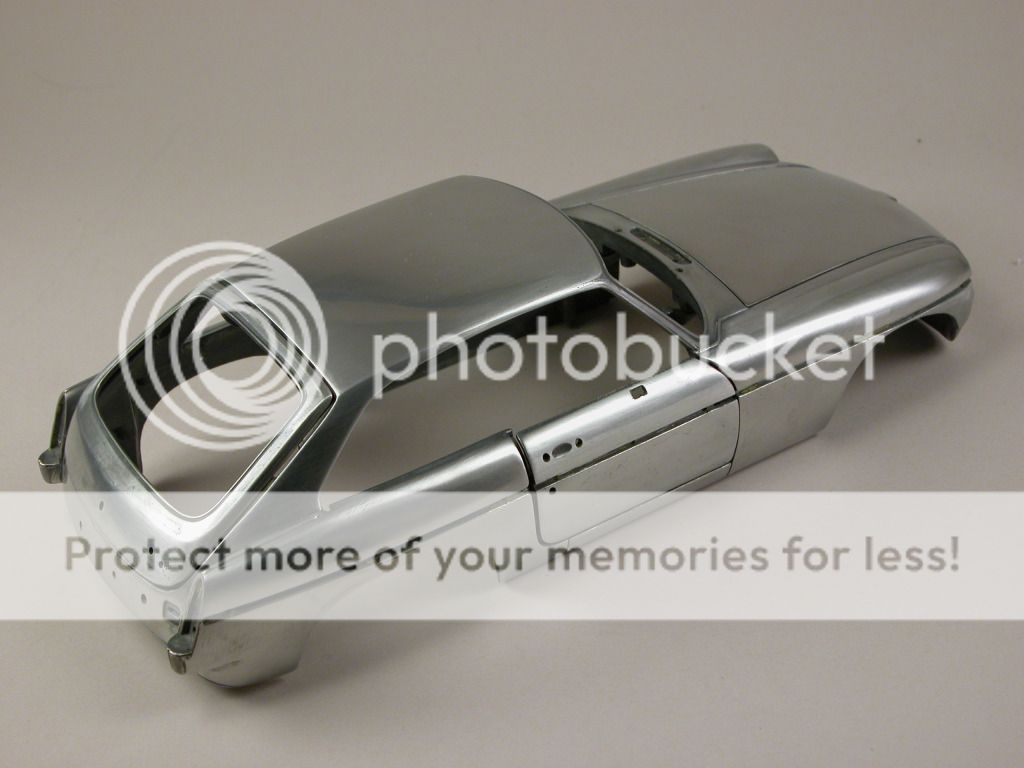Erick- First of all, this is a good shot and great model. If you will bear with me I would like to use it as an example. These comments are definitely not intended to be critical as it is one of the better photos.dlphnfn wrote:
The lights are florescent "tube" lights covered with tissue paper to diffuse the light. Macro is a must, in my opinion.
So for a "hand me down" camera and $20-$30 I have my booth and camera.
Erick --
This shows very well what you will hear referred to as "depth of field". The center portion of the car is in sharp focus and I assume that was what you wanted to show. You will then notice that that area of sharp focus is limited to that central area. The near tire is out of focus. Starting at the about mid cockpit things get progressively more blurred to the point that the body work on the stand is a fuzzy outline.
The main reason this happens has to do with the aperture opening. The longer the aperture(shutter speed) is open, the larger the depth of field. Some cameras have an photographer controlled shutter speed but many simpler cameras such as phone or tablet cameras do not. If you do have one you can adjust, then the longer the opening the greater the depth of field. The coincidental problem with this is the longer the shutter is open the steadier the camera needs to be.
The other method of dealing with this is to back off and use the telephoto option. As you back up and zoom in, the percentage of the lens you are using becomes smaller and the focus gets better. This is often a good choice for larger areas. Macro focus is good for very small parts, but even if you camera can focus in close, the closer you get the more the object distorts. Straight lines no longer look straight and things look out of proportion.
Erick, again, I am not picking on your picture, just trying to explain some basics of photography. Thank you for letting me use it as an example.










